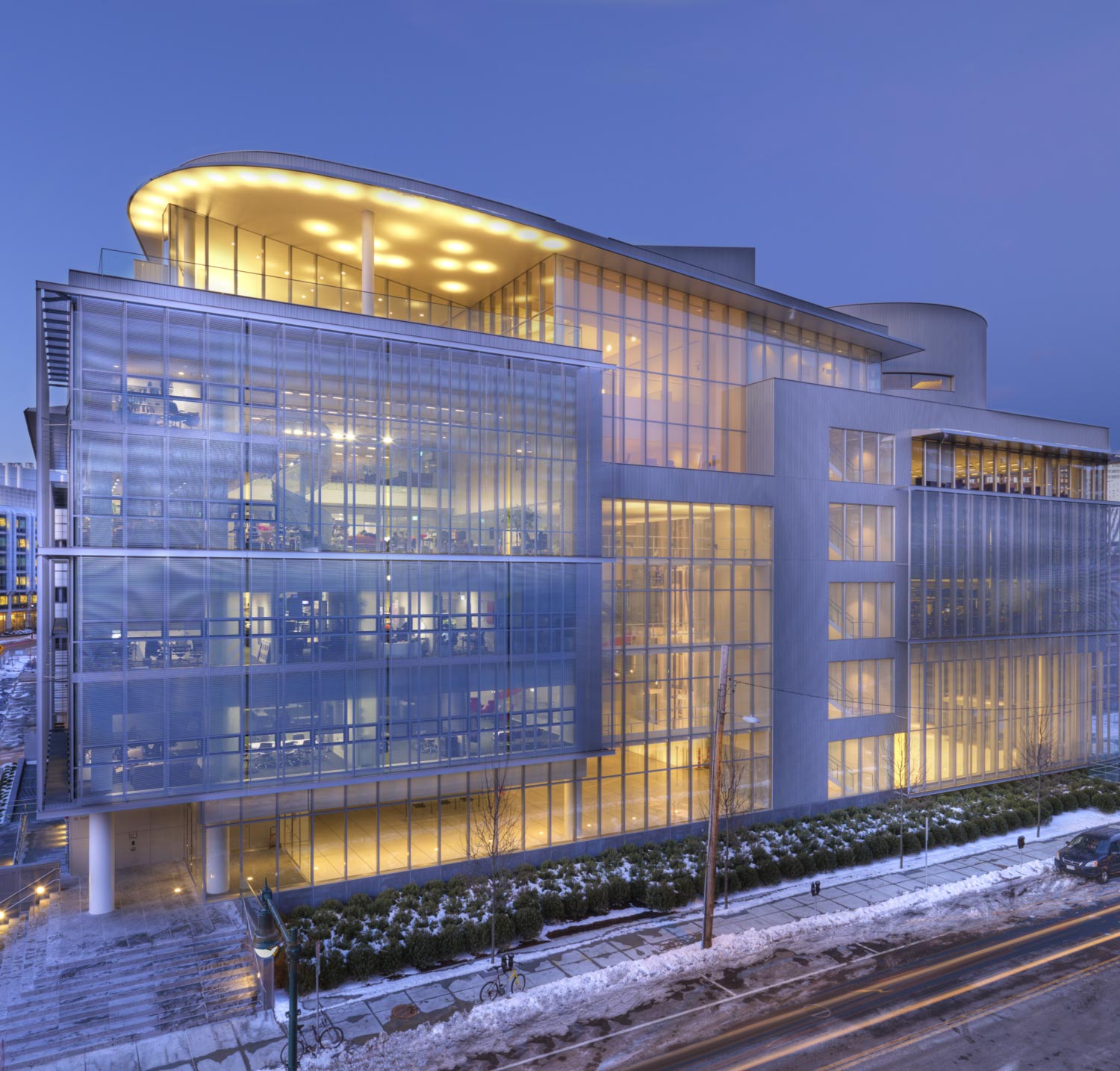Memorial Service for Norman Leventhal
Good morning.
Paula, Mark, Alan and all the members of the Leventhal family. Mayor Walsh. Our many distinguished guests. And Norman’s countless admirers and friends.
I welcome you to MIT this morning in sadness, because we have lost a giant. But I welcome you also with confidence, because I know that this gathering is precisely what Norman had in mind: a “celebration of life,” open to the public and held at his beloved MIT.
The world knows Norman as Boston through and through: a kid from Dorchester, and a graduate of Boston Latin who spent his career inventing a new future for the city.
But as an undergraduate, Norman spent a few years on this side of the river. To explain how he found his way to MIT, I will try to do justice to a classic Norman story: As you may know, MIT was not Norman’s first choice for college. He applied to … some other school in the neighborhood. But to go there, he needed a loan of $100 dollars, and they turned him down. So he applied to MIT, he got in, he got the loan – and he earned his MIT degree.
After he graduated, Norman paid the loan off over time. When he made the last payment, somehow he overpaid by one cent. And as Norman used to love to tell us, MIT sent him back the penny, as a refund!
That was certainly the best penny MIT ever spent. Because Norman repaid MIT in every way you can think of.
He gave us the gift of his time and his wisdom, through a remarkable record of service. For example: He served on the MIT Corporation for 17 years, and on its Executive Committee – MIT’s highest decision-making group -- for three years. He advised us on academic programs from real estate to architecture. He gave us brilliant advice on investments and real estate strategy. He led our Alumni Association and won its highest award for service. And he inspired donors with no previous affiliation to give landmark gifts to MIT research. Others have also honored Norman and his family by establishing and funding Leventhal fellowships here, more than 50 of them so far.
And Norman was incredibly generous to MIT through his own philanthropy: He was an active backer and fund-raiser for the MIT Hillel, and together with Muriel he created the Norman and Muriel Leventhal Center for Religious Life at MIT. He supported the School of Architecture and Planning with a chair and a fellowship in urban studies, and with his never-ending pleasure in talking with our faculty and students. He was extremely helpful in founding the Center for Real Estate, and most recently, he was instrumental, along with his son, Alan, in creating the Center for Advanced Urbanism.
# # #
We are tremendously grateful for every way that Norman found to serve MIT. But we are proudest of the work he did to serve the world.
MIT’s mission charges us to “bring knowledge to bear on the world’s great challenges. One of those challenges: How should we best live together in cities?
Norman had an answer, and he built an answer, over and over, an answer now embedded in the fabric of Boston.
In the early decades of Norman’s career, he developed close ties with two long-time deans of our School of Architecture and Planning, Pietro Belluschi and William Porter. Through those friendships, Norman learned to appreciate the power of design to inspire a city. He taught himself even more, through his work in the world. And in the process, he educated us all!
So, in the world according to Norman, how should we live together in cities?
Graciously, publically, openly – and on foot!
With humility, reverence and gratitude.
With creativity, and boldness, and a sparkling curiosity about everything, especially other people.
In our civic life, we should surround ourselves with things of quality, from handsome building to rare maps to delightful parks, and we should share them with everyone.
We should invest our civic spaces with the kind of beauty and grace that remind us all of their value.
And we should take special care to give young people the means and opportunities to flourish and grow.
In short, we should strive to create a city that teaches us how to live.
Norman lived that vision. And he built that vision, for all of us.
He was a marvel: Bold. Brilliant. Charming. A visionary in his industry. An incredible public citizen. And one of the most humble, curious, open-hearted people I have ever known.
We will miss him forever. But we will treasure the immortality of his legacy, and his example.


